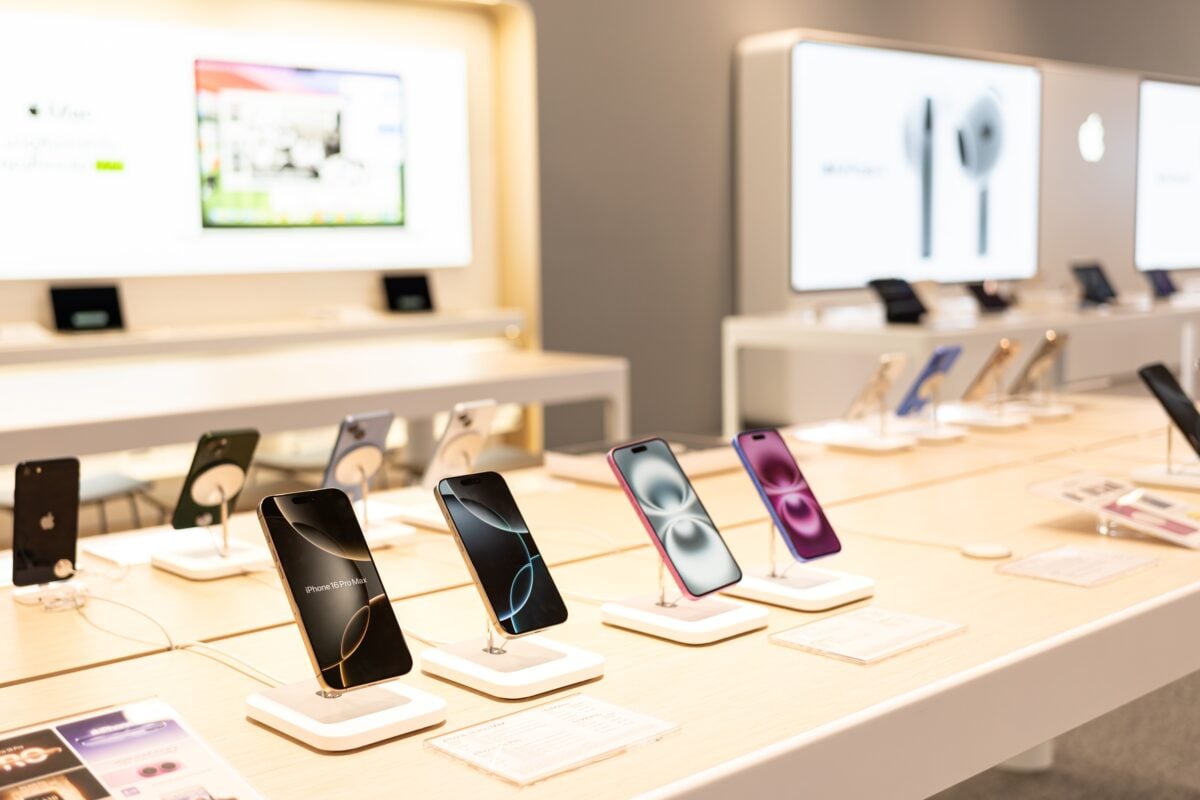TLDRs;
Contents
- Apple has captured 7% of India’s smartphone market, with 2025 sales reaching $9 billion after steady growth.
- New Apple Stores in Bangalore and Pune signal retail expansion, with a major Mumbai outlet planned for 2026.
- One in five iPhones is now manufactured in India, strengthening Apple’s supply chain beyond China.
- Despite high prices, Apple drives adoption through financing, trade-ins, and loyalty strategies, fueling a 1,800% revenue surge.
Apple has solidified its foothold in India, capturing 7% of the country’s smartphone market as of March 2025. The milestone marks a dramatic shift for the tech giant, which only held 2.5% market share in 2018.
According to Bloomberg data, Apple’s revenue in India soared to nearly US$9 billion over the past year, a 13% jump from the previous year’s US$8 billion.
This growth has been driven primarily by iPhone sales, although rising demand for MacBooks has also contributed. The company’s aggressive retail expansion, combined with local production efforts, has transformed India into both a key consumer market and a manufacturing hub.
Expanding retail footprint across India
Apple has been rolling out physical stores to tap deeper into India’s fast-growing premium smartphone segment. In 2025, the company opened two flagship outlets in Bangalore and Pune, while additional locations in Noida and Mumbai are in development.
The Mumbai store, set to open in early 2026, is expected to further strengthen Apple’s high-end retail presence.
The company’s retail expansion is not just about selling devices but about building brand loyalty. Physical Apple Stores in India provide consumers with an immersive brand experience, including product demos, repair services, and localized customer engagement.
Local manufacturing powers strategy shift
One of the most critical drivers of Apple’s India story is its manufacturing shift. Roughly one in five iPhones sold worldwide is now assembled in India, signaling the company’s diversification away from China. This move aligns with Apple’s “China Plus One” strategy, designed to mitigate geopolitical and supply chain risks.
By 2026, industry analysts expect the majority of iPhones exported to the U.S. to originate from India. Already, India has become the top smartphone exporter to the U.S., accounting for 44% of shipments in the second quarter of 2025, up from just 13% a year earlier.
Apple’s reliance on Indian production partners such as Wistron and Foxconn has also allowed the company to comply with local government policies and benefit from India’s Production Linked Incentive (PLI) program, which rewards domestic manufacturing.
Premium products, rising adoption
Despite their high price tags, Apple devices are increasingly accessible to Indian consumers. iPhones retail for an average of $906 in India compared to $799 in the U.S., making them among the most expensive in the market. Yet, Apple has successfully driven adoption through trade-in programs, installment-based financing, and partnerships with local banks.
This strategy is paying off. In 2013, Apple’s annual revenue from India was just $500 million. By 2014, the company had sold slightly over 1 million iPhones in total. Fast forward to 2025, and Apple’s India revenue has ballooned nearly 1,800% to $9 billion annually.


